The new Google Pixel Fold is the tech giant’s first foray into foldables
The announcement of Google’s first foldable should shake up the market for these esoteric mobile devices: how does it compare to the competition?

We’re slowly coming around to the utility of the folding phone, noting that this uncommonly complex device comes in two formats. The first, the clamshell, cleverly updates the must-have mechanism of the 1990s, condensing a conventional smartphone screen into a package that’s half the size.

The new Google Pixel Fold
The second type of folding device has been much more contentious. Full-size foldables effectively double the available screen real estate by opening out like a book. Engineering a hinged screen that stays near flat, avoids a visible crease and can endure repeated use troubled many of the early adopters, most notably Samsung, while other firms, like Microsoft, did away with a folding screen in favour of two separate units.
Now, Google is getting in on the act, indicating that the foldable market has finally come of age. The new Pixel Fold goes head-to-head with the current reigning device, Samsung’s Galaxy Z Fold 4, although it also has to beat the Oppo Find N and a new device from Honor, the Magic Vs. Here’s how the major players stack up.
The challenger: Google Pixel Fold

Google Pixel Fold
We have high hopes for Google’s first foldable, due to be shipped in June 2023. Preview images show a solidly engineered double-screen device, with the exterior following the familiar Pixel design language. Open it up and the interior contains a 7.6in screen with a relatively large bevel but a much slimmer overall profile.

Google Pixel Fold
Google is calling the interior screen a ‘tablet’, rather than a phone, and we can assume that the company’s own eco-system will be tweaked to make the most of the space – with two apps side by side, you can drag and drop images into a messaging app, for example. Tabletop mode is designed for watching content and making video calls, and the rear holds the highest quality selfie camera the company has ever created. Android 14 – due later in 2023 – will bring a new ‘interpreter’ mode, allowing real-time translation across two screens.
Google Pixel Fold, from £1,749, Store.Google.com
The champion: Samsung Galaxy Z Fold 4

Samsung Galaxy Z Fold 4
Soon to be replaced by the inevitable Galaxy Z Fold 5, the Z Fold 4 is currently the top-rated pocket foldable. Samsung’s ongoing iterations have honed the form factor and done away with early teething troubles, and the Z Fold 4 reaps the benefits of this experience. Although Google has sensibly gone for a similar main screen size as Samsung, the latter still emphasises its support for Samsung’s S Pen stylus, even though there’s no dedicated slot to keep the pen when not in use.
Wallpaper* Newsletter
Receive our daily digest of inspiration, escapism and design stories from around the world direct to your inbox.

Samsung Galaxy Z Fold 4
Samsung’s smoother design language allows the screen to be pushed closer to the edge of the unit and there are other enhancements like Dolby Atmos on board. This is the device Google has to beat.
Samsung Galaxy Z Fold 4, from £1,649, Samsung.com
The wild card: Honor Magic Vs

Honor Magic Vs
Honor’s new Magic Vs undercuts both Google and Samsung but offers a similarly high specification. The Chinese brand is launching this ‘first foldable flagship’ with a focus on lightness, long battery life and physical durability. The fold mechanism has come in for particular focus, with durability testing showing it can withstand up to 400,000 operations, with a simpler, refined design.

Honor Magic Vs
The interior display size just pips its rivals (7.9”) and folds completely flat when open, although you’ll have to use the company’s Android-derived MagicOS 7.1 software instead of Google’s admirably purist original. The Cyan-coloured case is a departure from the usually sober smartphone colourways, marking the Magic Vs out as something a bit different.
Honor Magic Vs, from £1,399, HiHonor.com
Jonathan Bell has written for Wallpaper* magazine since 1999, covering everything from architecture and transport design to books, tech and graphic design. He is now the magazine’s Transport and Technology Editor. Jonathan has written and edited 15 books, including Concept Car Design, 21st Century House, and The New Modern House. He is also the host of Wallpaper’s first podcast.
-
 Nikos Koulis brings a cool wearability to high jewellery
Nikos Koulis brings a cool wearability to high jewelleryNikos Koulis experiments with unusual diamond cuts and modern materials in a new collection, ‘Wish’
By Hannah Silver
-
 A Xingfa cement factory’s reimagining breathes new life into an abandoned industrial site
A Xingfa cement factory’s reimagining breathes new life into an abandoned industrial siteWe tour the Xingfa cement factory in China, where a redesign by landscape specialist SWA Group completely transforms an old industrial site into a lush park
By Daven Wu
-
 Put these emerging artists on your radar
Put these emerging artists on your radarThis crop of six new talents is poised to shake up the art world. Get to know them now
By Tianna Williams
-
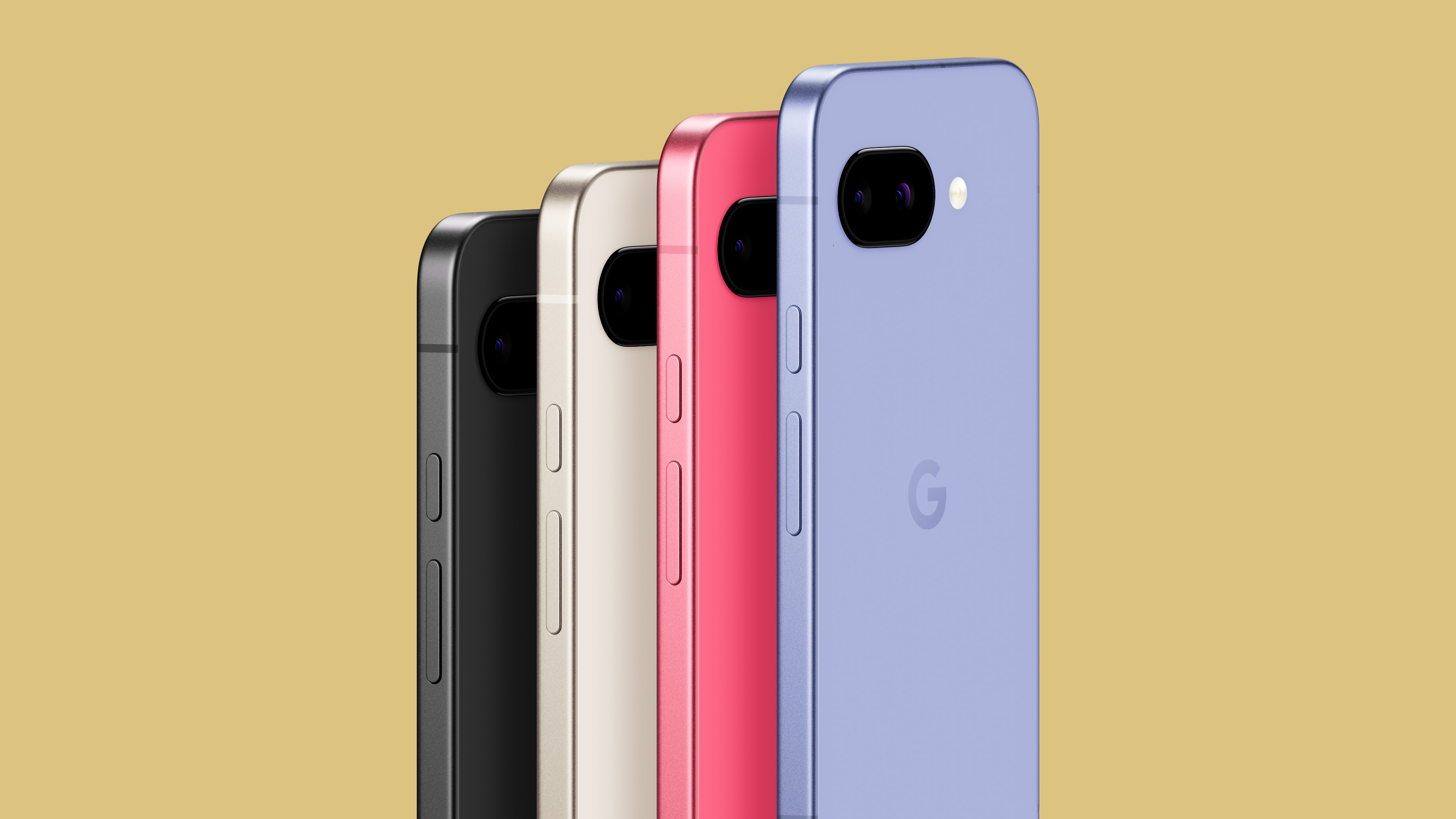 The new Google Pixel 9a is a competent companion on the pathway to the world of AI
The new Google Pixel 9a is a competent companion on the pathway to the world of AIGoogle’s reputation for effective and efficient hardware is bolstered by the introduction of the new Pixel 9a, a mid-tier smartphone designed to endure
By Jonathan Bell
-
 Artist Lachlan Turczan and Google's 'Making the Invisible Visible' at Milan Design Week 2025
Artist Lachlan Turczan and Google's 'Making the Invisible Visible' at Milan Design Week 2025All that is solid melts into air at Garage 21 in Milan as Google showcases a cutting-edge light installation alongside a display of its hardware evolution and process
By Jonathan Bell
-
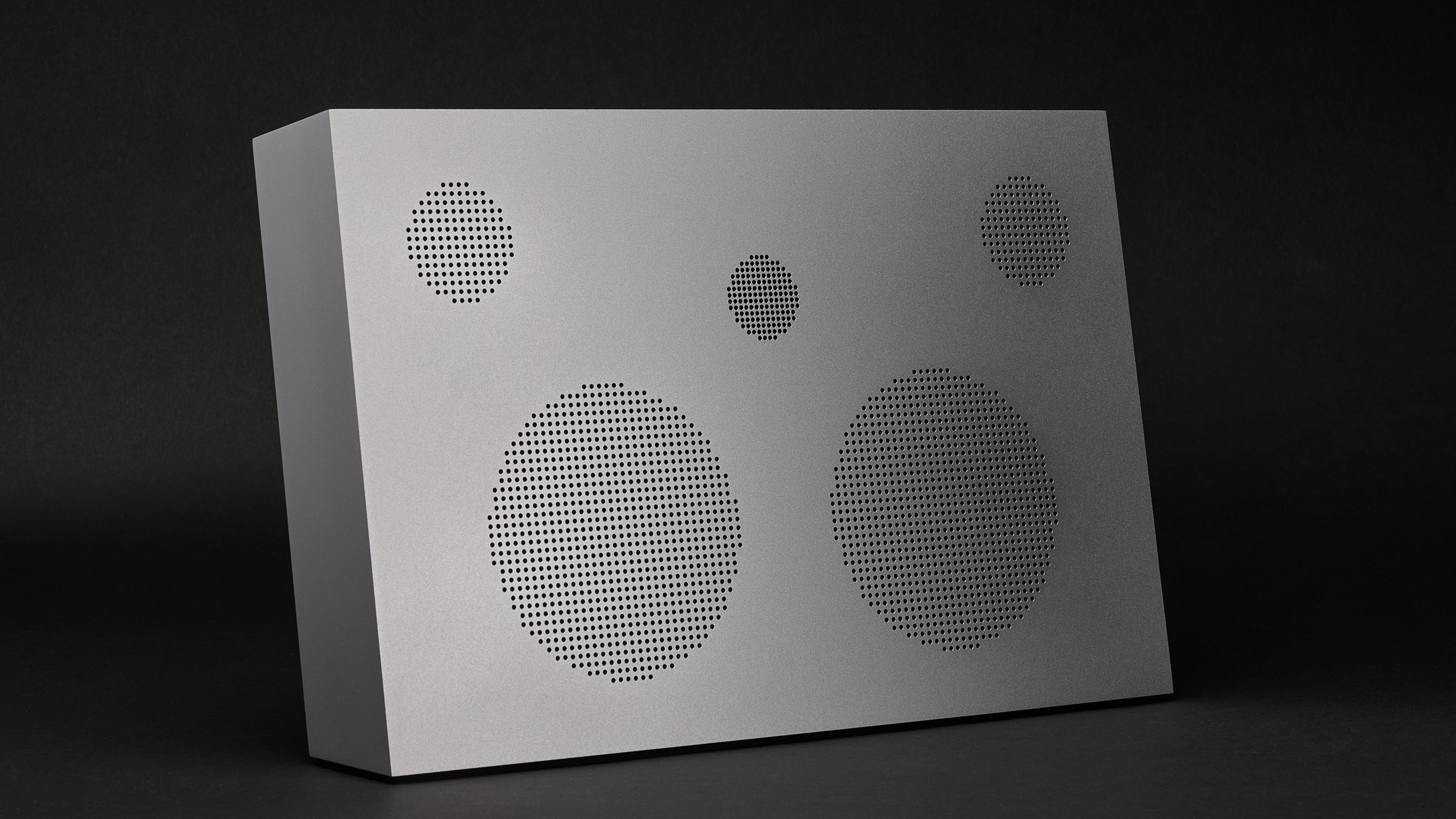 Year in review: top 10 audio acquisitions of 2024, as chosen by Wallpaper’s Jonathan Bell
Year in review: top 10 audio acquisitions of 2024, as chosen by Wallpaper’s Jonathan BellThe best audio technology of 2024, from pocketable earbuds to room-filling speakers
By Jonathan Bell
-
 Is the new Google Pixel 9 Fold Pro the ultimate do-it-all device?
Is the new Google Pixel 9 Fold Pro the ultimate do-it-all device?Google's Pixel 9 Pro and Pixel 9 Fold Pro go head to head in our hands-on test of the latest generation of AI-infused smartphones
By Jonathan Bell
-
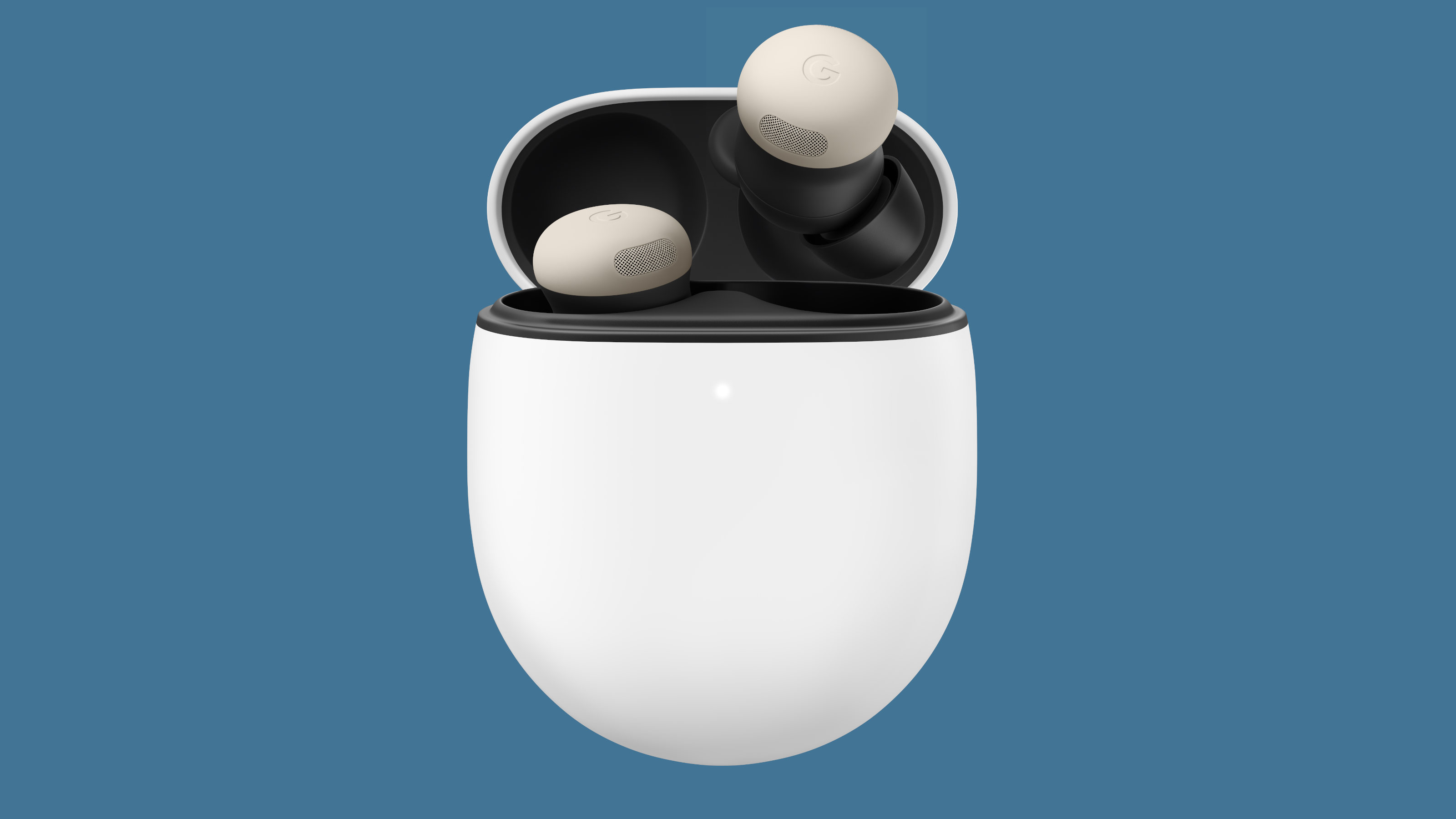 New earbuds for audio and AI interaction, courtesy of Google, Denon, and more
New earbuds for audio and AI interaction, courtesy of Google, Denon, and moreThe age of AI comes to your earbuds with the arrival of the new Google Pixel Buds Pro 2. We explore these and seven more of the newest and best-designed wireless earbuds as alternative choices
By Jonathan Bell
-
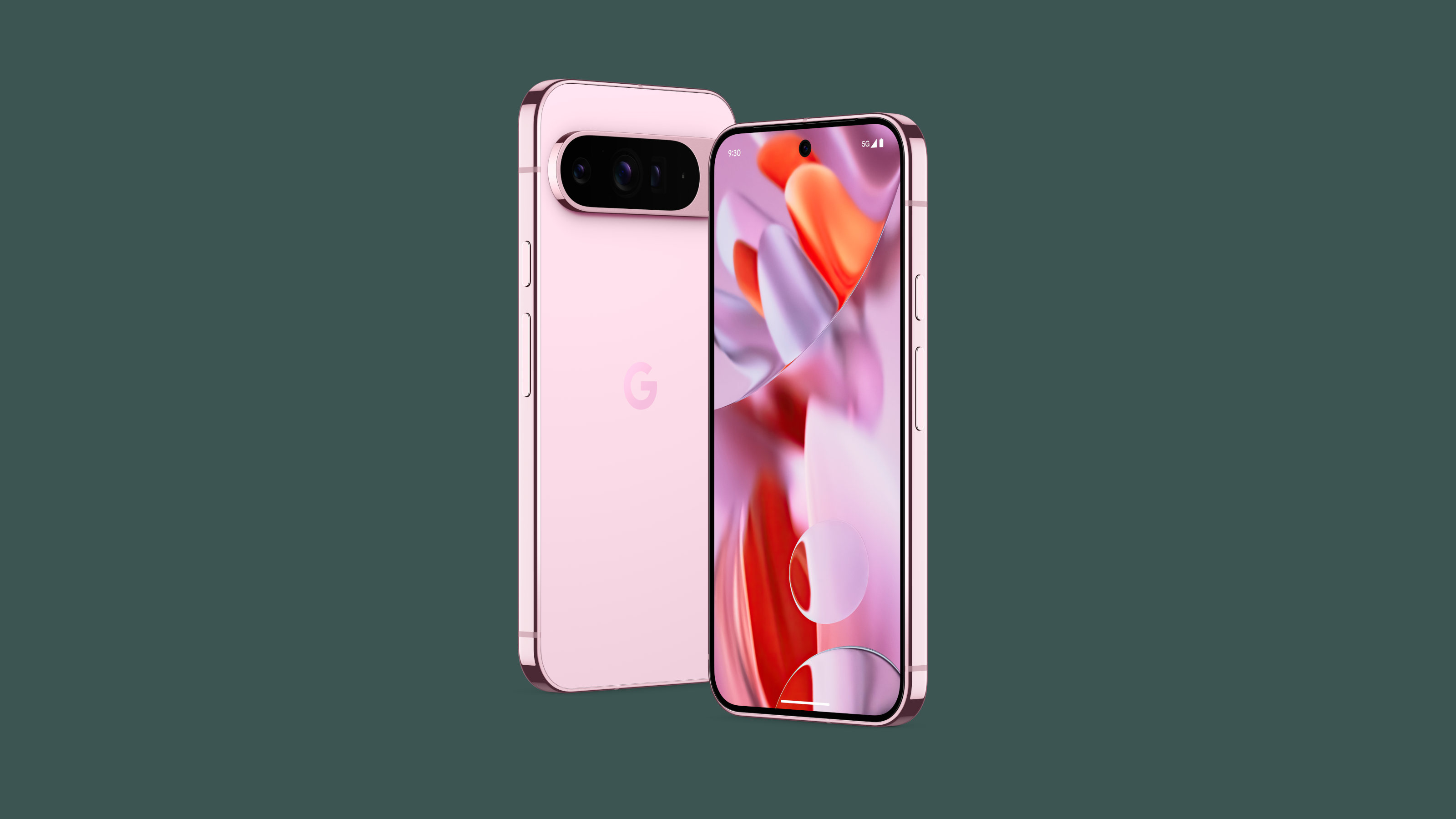 We meet Google’s head of phone design Claude Zellweger to explore the new Pixel 9 series
We meet Google’s head of phone design Claude Zellweger to explore the new Pixel 9 seriesGoogle’s annual drop of new mobile devices is here. We get hands on with the Pixel 9 family and discuss design, AI and smartphone longevity with Google’s Claude Zellweger
By Jonathan Bell
-
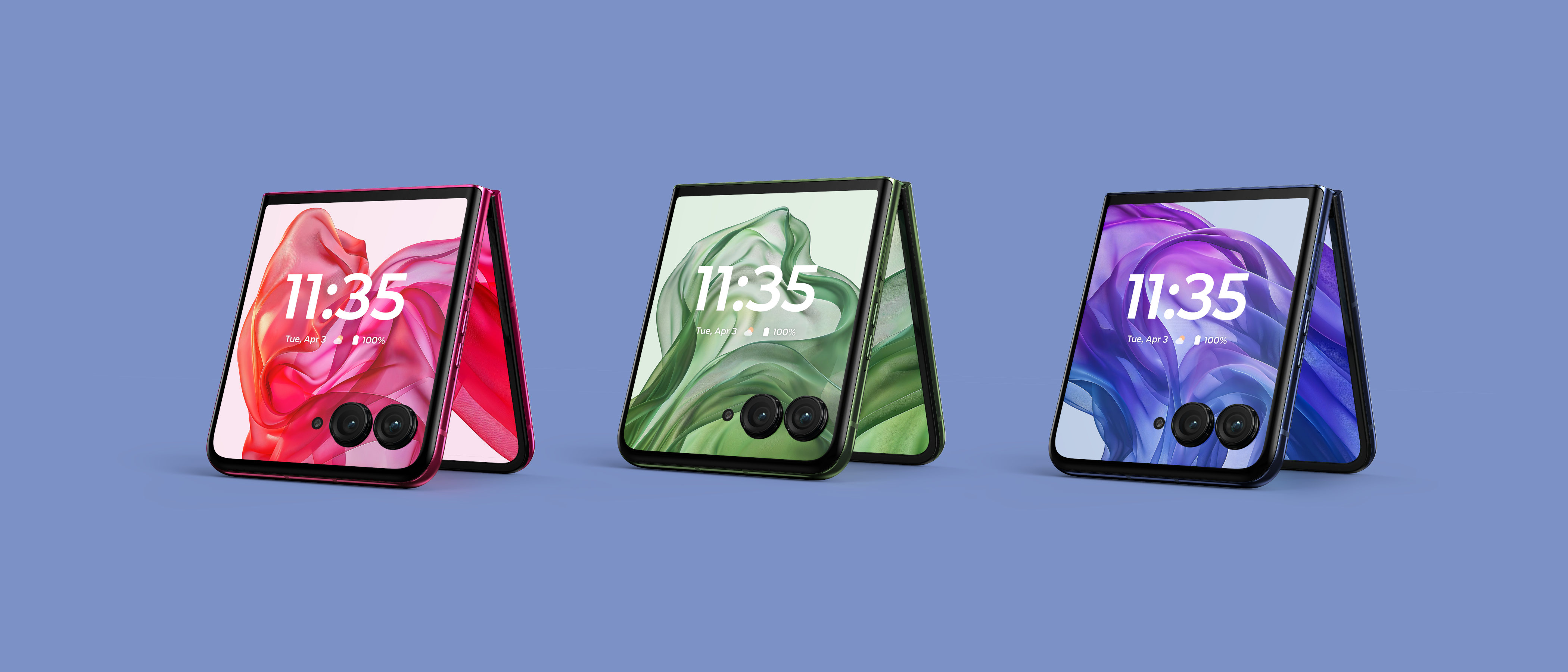 Folding Motorola razr 50 and 50 ultra enter the smartphone arena – plus the latest competition
Folding Motorola razr 50 and 50 ultra enter the smartphone arena – plus the latest competitionMotorola and Samsung unveil cutting-edge new folding phones, while Honor’s photography-focused device proposes portraiture as the new hotness
By Jonathan Bell
-
 Is Google’s Gemini AI the best way of getting the most out of our machines?
Is Google’s Gemini AI the best way of getting the most out of our machines?From summaries to lists of suntan lotion and swimsuits, Google reckons Gemini can save us all time and effort. We dig into new uses for AI
By Jonathan Bell